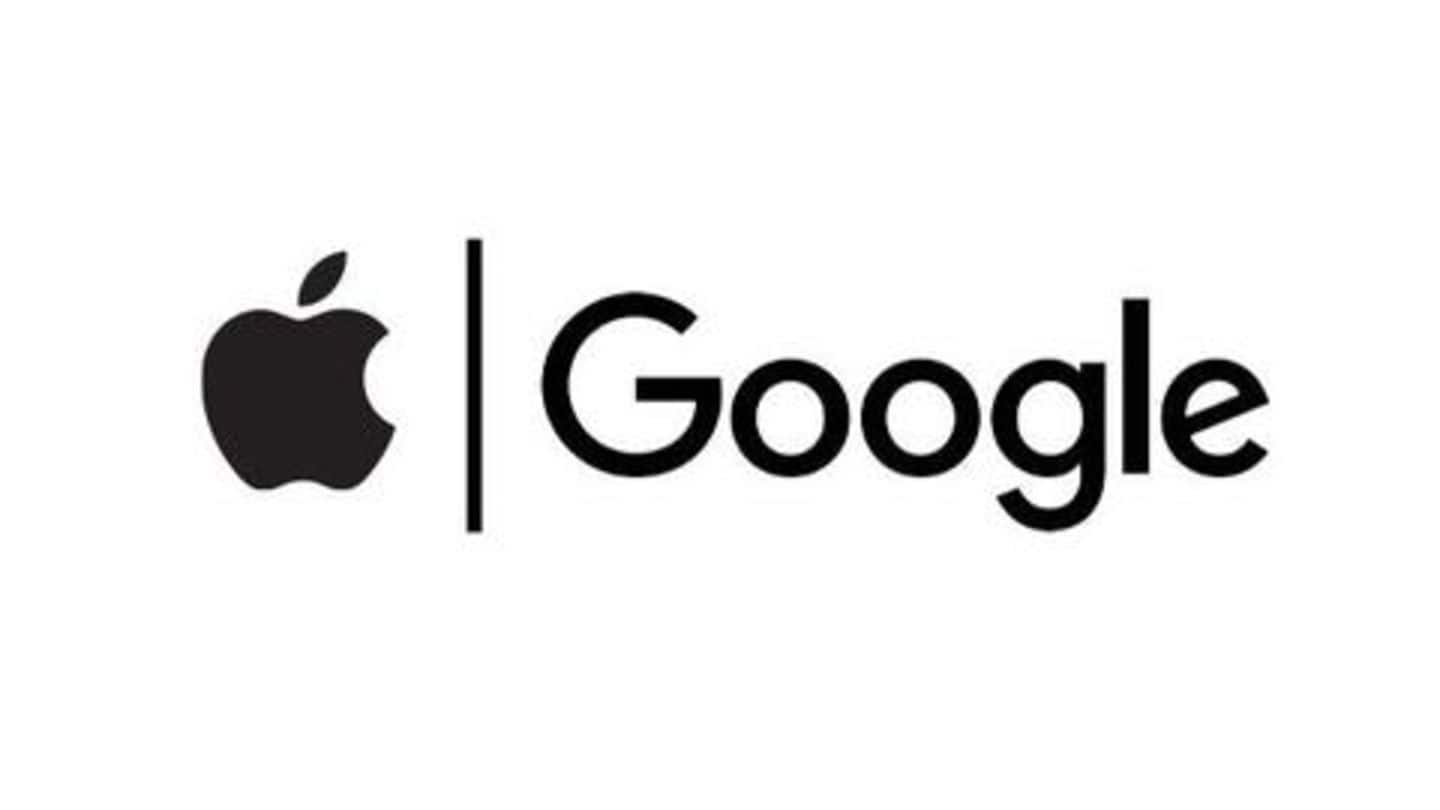
New Google-Apple project to automate contact-tracing: Here's what it means
What's the story
After launching their own efforts to allow coronavirus screening, understanding, and tracking, Google and Apple are now coming together for a new joint project to fight the deadly pandemic. The companies have laid down a protocol for a system that could let people know if they have come in contact with a potentially infected individual. Here's all you need to know about it.
Project
First, a quick look at the project
The emergency project, as the companies describe, has been designed to scale up and automate contact-tracing, the process that involves finding an infected person, tracking down those they have been in contact with, and quarantining each one of them. Typically, the method revolves around health workers, but this project uses Apple and Google's ginormous smartphone network to flag and alert about possible exposures.
Working
So, how does the system work?
The system in question relies on the use of the Bluetooth technology of smartphones using iOS and Android to detect nearby phones and receive small, unique, and anonymous codes from them. These codes, derived from the phones' unique IDs, are stored in a local log, making the list of devices - and people - you have come in contact with.
Alert
Then, system flags possible contact with an infected individual
When a person tests positive for COVID-19, their healthcare provider could submit their code to a central database (with consent). The information in this database is continuously scanned by the devices using this system to find a potential match with the local log of close contacts. Now, if a match is found, the system confirms and alerts about close contact with an infected individual.
Advantages
This could easily scale up contact-tracing in COVID-19 hotspots
This way, the joint Apple-Google project can be an automated solution to let people know if they have been in contact with a COVID-19 positive individual. Over 3 billion people across the globe use Android and iOS devices, which means this tool can easily scale up contact-tracing efforts of governments, especially in regions where the pandemic has grown out of control.
Caveat
However, public submission would be necessary
That said, despite being widely available due to Apple and Google's ecosystems, the contact-tracing framework heavily relies on public consent. This means if an individual doesn't submit their positive diagnosis, the system won't be able to alert people at risk due to them. So, basically, more people would have to use the system and submit their health data to make this thing effective.
Information
Minimum information would go to companies
Apple and Google say the database would only get the diagnosis information submitted by individuals using the system, and everything else, including the location data of people (fresh or previously collected), would remain on the phones itself.
Availability
So, when will this be accessible?
Google and Apple will be building the underlying infrastructure of the contact-tracing system, following which, around mid-May, it will be used in official health apps of different governments. Later, the functionality would be baked at the OS level in Android and iOS smartphones, but that could take months to be a reality and might still require the official public health apps for some purposes.